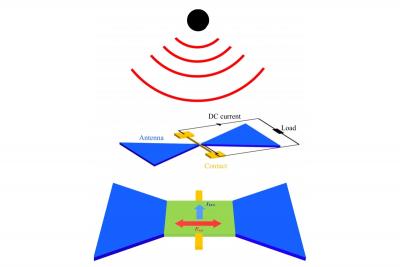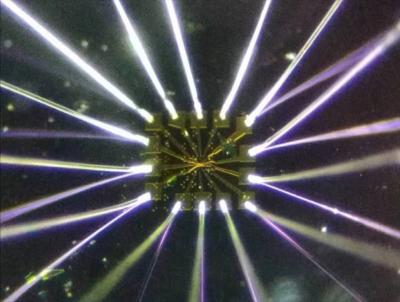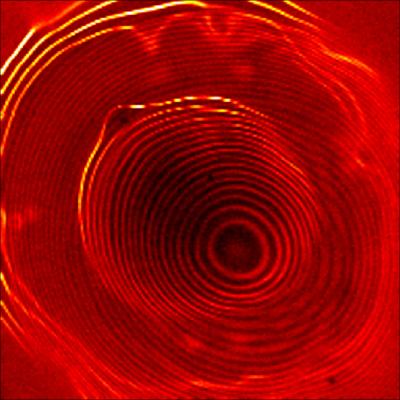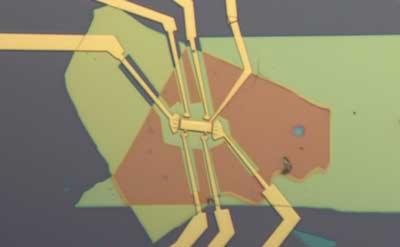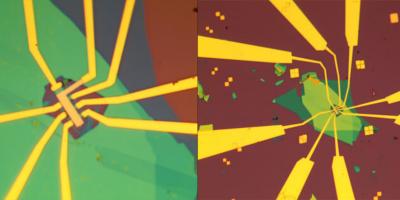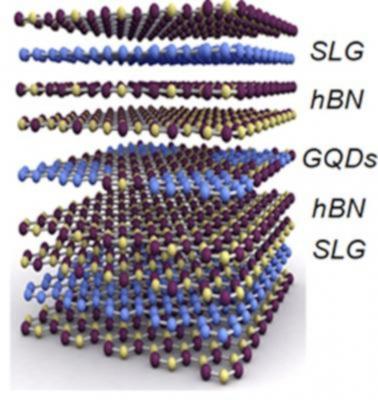Graphene Flagship welcomes sixteen new FLAG-ERA projects
The Graphene Flagship has announced 16 New FLAG-ERA projects, that cover a broad range of topics, from fundamental to applied research. These projects which will become Partnering Projects of the Graphene Flagship receiving around â¬11 million in funding overall.
Bringing together a diverse range of European knowledge and expertise, FLAG-ERA is an ERA-NET (European Research Area Network) initiative that aims to create synergies between new research projects and the Graphene Flagship and Human Brain Project.
